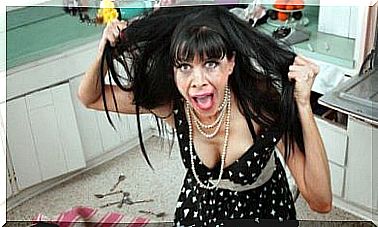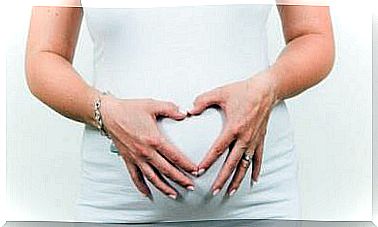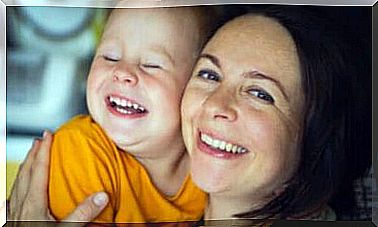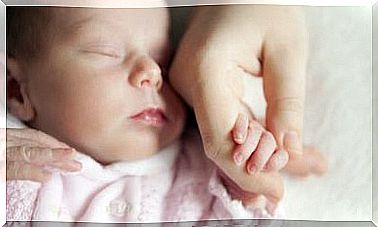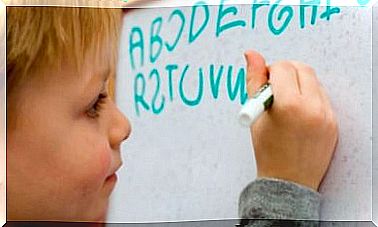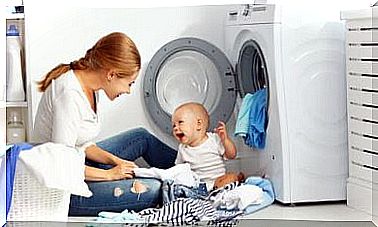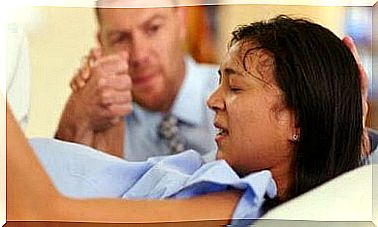Explain Tectonic Plates For Children
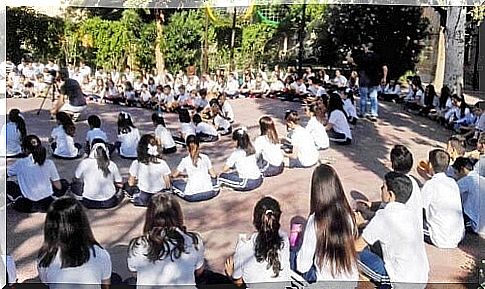
The planet earth is full of life, constantly changing and about 4.5 billion years old. Some changes take hundreds of years, while others can take a few seconds. Rocks, plains and volcanic eruptions are transformations controlled by tectonic plates. We will try to show how you can explain plate tectonics theory to children.
What are tectonic plates?
Plate tectonics is a scientific theory that explains how the Earth transforms and reorganizes its surface, the lithosphere, in a continuous process of creation and destruction. Dan Mackenzie is one of the most important scientists who took part in solving the mystery of how mountains and sea depths are formed. More than 50 years have passed since these discoveries were made.
The earth has four solid and liquid layers surrounded by another gas layer. These four layers are the geosphere, biosphere, hydrosphere and atmosphere. In this article, we talk about the different layers of the geosphere to better understand tectonic plates.
- The Earth’s core, also called the endosphere, consists of an inner solid core and an outer liquid core.
- The asthenosphere is a layer consisting of solid stones that have long had to withstand high temperatures and pressures, which makes them easier to shape. The plates of the lithosphere float in this layer.
- The mantle is the longest part of the planet. It is located between the earth’s crust and the outer core. It is divided into three parts: the upper mantle, the subduction zone and the lower mantle.
- The lithosphere is a solid layer that lies between the upper mantle and the earth’s crust, but it can be said that these are also part of the lithosphere.
- The oceanic and continental tectonic plates are the outer layers of the geosphere and are thinner in comparison.
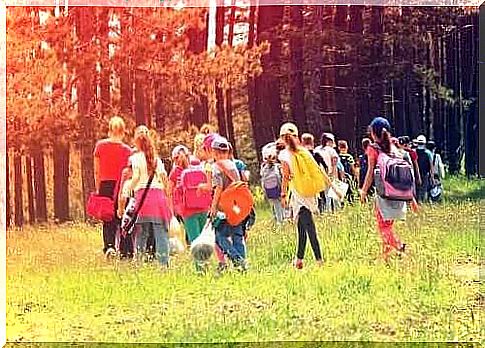
Where can you find the earth’s tectonic plates?
The lithosphere consists of at least 57 rigid plates in many sizes: 15 large plates and 42 smaller plates. They are constantly moving and when they collide they transform and affect the earth’s crust. The most important tectonic plates are the African, Antarctic, Indo-Australian, Eurasian and North American plates, as well as the Pacific and South American continental plates.
How does the lithosphere move?
Tectonic plates move due to convection currents and gravity. The lithosphere rests on a plastic layer called the asthenosphere. When it gets hot, rocks and the bedrock melt and this causes the tiles to move and causes other, less dense materials to move upwards. But once they have become cold, they sink again. This is what is called convection currents.
So plates are rigid parts of the earth that float around in the liquid part of the asthenosphere, causing earthquakes and volcanic eruptions when they reach a boundary area between the plates. There are three types of plate boundaries that are characterized by how the plates move in relation to each other.
- Divergent boundaries (plates move apart)
- Converging boundaries (plates collide with each other)
- Conversion limits (plates slide side by side)

Transformation of the earth’s crust with tectonic plates
John Tuzo, a Canadian geologist and geophysicist, was one of the main authors of the current theory of plate tectonics. His investigation justified parallel and perpendicular movements in the borders. This made it easier to understand what is happening in the area around plate boundaries.
Converging plate boundaries
These occur when the tectonic plates move and collide with each other, causing an increase in the earth’s crust. For example, it is in this way that the Himalayan mountain ranges were formed 55 million years ago, when the plates from Asia and India collided.
These can also occur when an oceanic plate goes under a continental plate. When this happens, the crust is destroyed in a process called subduction. Then the continental plate can go up and create mountain ranges by the sea, like the Andes, and the oceanic plate melts into the asthenosphere and comes up as lava in volcanic eruptions.
Diverging plate boundaries
If oceanic tectonic plates move apart, this creates a hole in the earth, like a crack, and magma rises to the surface of the earth’s crust and creates a new sea crust. Thus, it is in this way that the sea ridges that connect the sea are formed.
If two continental plates, on the other hand, move apart, they create a deep hollow area, like the Great Rift Valley. In a million years, this type of movement will divide the eastern part of the African continent.
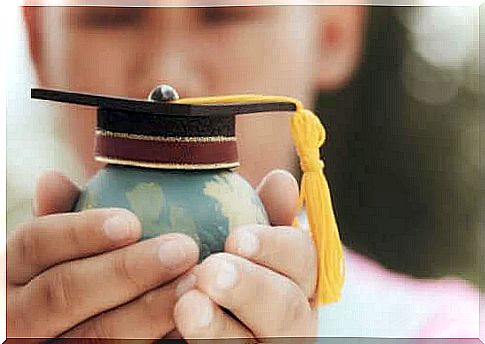
Conversion boundaries or conservative plate boundaries
In these areas, the plates do not collide, but the movements are parallel and slide along each other. This causes earthquakes, some minor and others incredibly powerful, such as the one in Chile that measured 9.6 on the Richter scale in 1960, or tsunami waves, such as the one in Indonesia in 2004. One of the most important transformation limits on our planet is the San Andreas Fault.
We hope that our hopefully simple summary of plate tectonics can help your children understand and learn about the Earth’s transformations.
